
As a fan of the previous Guide series, Dan Bailey expected to get on well with the new Guide 30. So why isn't he convinced?
Deuter's Guide pack range has been around for years. Like a VW Golf of the rucksack world, it has passed through several stages of development along the way, whilst retaining the solid, un-flashy feel of the original. This newly revamped family of technical mountain daypacks now runs from lidless models in the smaller sizes to a more familiar lidded design at larger capacities.
Volumes range from the minimalist 22L (24L for men) up to a full-on Scottish winter-worthy 44+8L (42+8L for women); with summer in the offing, I met them halfway with the 30L version, the biggest of the new Guides without a conventional lid. This feels compact enough for more lightly-loaded mountain days, without being a pain to cram everything in.
We've looked at a number of earlier iterations in the past, and the previous Guide 44+ remains my winter pack of choice:
So does the new smaller Guide offer anything different? Well yes. But that is not to say it's an improvement on all counts.
Who's it for?
Made ostensibly as an alpine pack, with a climbing-oriented feature set, the Guide range overall would be equally at home on winter routes, multi-pitch mountain rock, scrambles, or an alpine day. Of course you don't have to be doing any sort of mountaineering to appreciate a sturdy and fuss-free pack like this: my big old Guide has worked well for short overnight backpacking trips, while the smaller models in the series are suited to plain old walking, particularly if you tend to like a simpler design.
In the couple of months I've had it, the Guide 30 has been used on spring/summer scrambles and a couple of hillwalking trips. I think it would be OK for a mountain rock day, but for me the lidless end of the Guide range isn't really a Scottish winter prospect, for which I'd generally want 40 litres plus. The 30 seems small for its stated size too, not notably roomier than a 25L Deuter pack in my gear stash; at maximum capacity you will need to stuff the top of the bag quite high, and this feels a bit top-heavy.
Weight and build quality
At 830g, plus another 30g for the stretchy helmet holder, the Guide 30 does not seem particularly light for a pack of its size, and we've certainly reviewed lighter climbing packs around this capacity. Still, it's lighter than the previous rather more substantial Guide Lite 30+, which came out at 920g in a 2020 review:
As we've come to view as standard in a Deuter pack, it feels hard-wearing, with thick PFC-free fabric, and decent build quality. For something that seems like it should last well, the weight seems pretty fair.
Fit and comfort
This is a small pack with a fixed back length, and is likely to be an optimum fit for a shorter user. I'm 1.83m tall, with a fairly long back, and as usual with a small daypack the hip belt is more like mid-belly on me. It takes no weight, but does provide a degree of stability, and runs high enough not to overlap with a harness if you're using both at once. I prefer not to wear a pack belt when climbing, and this thin non-padded strap easily folds around the pack to stay out of the way. A removable belt might have been better still.
With a Delrin (light-but strong bendy plastic) frame, the pack has a bit of structure for load carrying support, and it feels well-balanced on the back when scrambling (which bodes well for climbing), with a centre of gravity nice and close to the body. The sculpted straps are cut to allow arm movement, but I do think the padding seems too deep for such a small pack, making it slightly restrictive with arms raised. I suspect the fit would feel closer and less obtrusive with a thinner, lower-profile harness. I much prefer that on offer with Deuter's Speed Lite, to take one example of a similar-sized, but more running-inspired model.
Unlike many designs these days - again the Speed Lite springs to mind - the straps on the Guide 30 make no concession to ventilation, being solid fabric and foam. The back padding is equally impermeable. This might be OK in winter, but I really can't say it does the Guide any favours as a summer model, and it'll come as no surprise that I've found it hot and sweaty on sunny days. Previous iterations of the Guide had perforated foam, but the whole of the updated range seems to have gone non-breathable. This may not get choked up with snow (rarely an issue anyway in my experience) but overall has to be considered a backward step.
Features
Larger models in the series have a conventional buckled lid, but from 30 down you get a drawcord closure with a sort of lid/flap/compression system over the top. This arrangement is not particularly weathertight, and I find it a bit ungainly compared to a standard lid, a rolltop, or a zip-top pack. Furthermore, the closure covers the bag's only external pocket, which is fiddly. You do get an effective rope strap, and a removable, stretchy, helmet-holding web arrangement tucked into a sleeve on the underside of the flap; and on a pack this compact you may well end up using both.
That one small-ish zipped pocket on the front gives you a place for a few loose nicknacks, and includes the all-important key clip. However, as with most lidless designs, I do find myself wishing there was a bit more pocket space for things like hat, gloves, and a map. Low down on one side is a phone pocket, which I've not been inclined to risk because given its invisibility I'd probably forget to do it up. Inside there's the usual water bladder sleeve.
On one shoulder strap is a little loop for sunglasses - something I do often use - while the sliding chest clip has an inbuilt whistle. Twin side compression straps do a good job of squeezing down a half-empty bag, and they have nifty sewn-in velcro retainers so that the excess tails can be rolled and neatly secured rather than hanging free. I wish all packs had this feature. There's a lot of spare webbing here, which means you can strap bulky items to the side with ease. The twin axe holders are simple and functional, which is really all you could ask of them.
Ethics and environment
Deuter is a member of the Fair Wear Foundation, an independent verification initiative cooperating with companies and factories to improve labour conditions, especially in low-wage countries. For many years the company has also used a single factory in Vietnam for all its production - an unusual commitment in an industry that tends to make stuff all over the place, and a model that arguably makes it easier to ensure both high production standards and decent levels of welfare. The Guide is billed as a Carbon Neutral product, and it's also PFC-free.
Summary
As a long-time and happy user of the previous Guide series I really wanted to like the new Guide 30. But it was not to be. I have niggles with some of the features and aspects of the fit, and cannot imagine why Deuter decided to regress to a sweaty unventilated back system. Perhaps I'd feel differently about a larger lidded version, in winter. But for me the compact, lidless models in the Guide range are underwhelming.



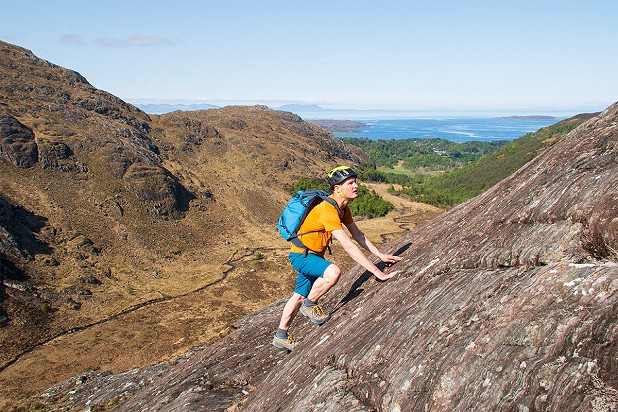
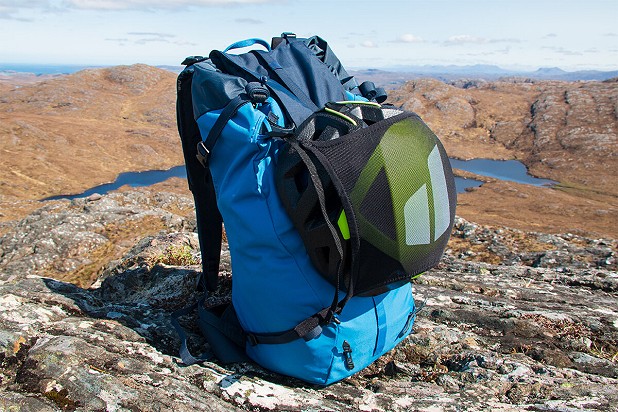
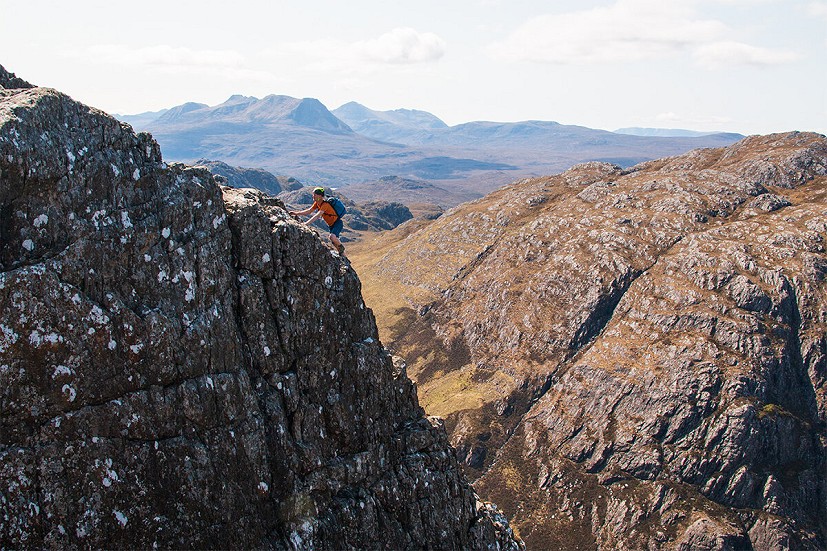
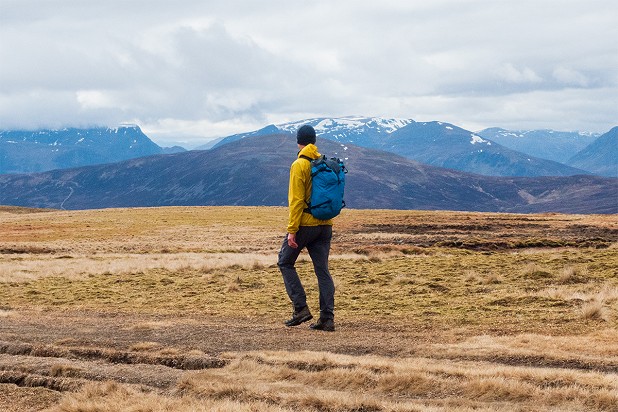
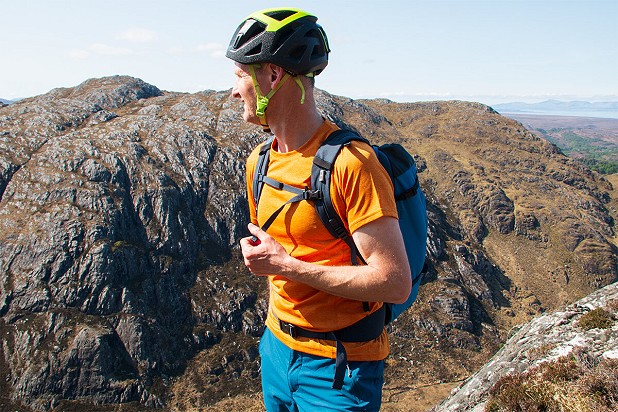
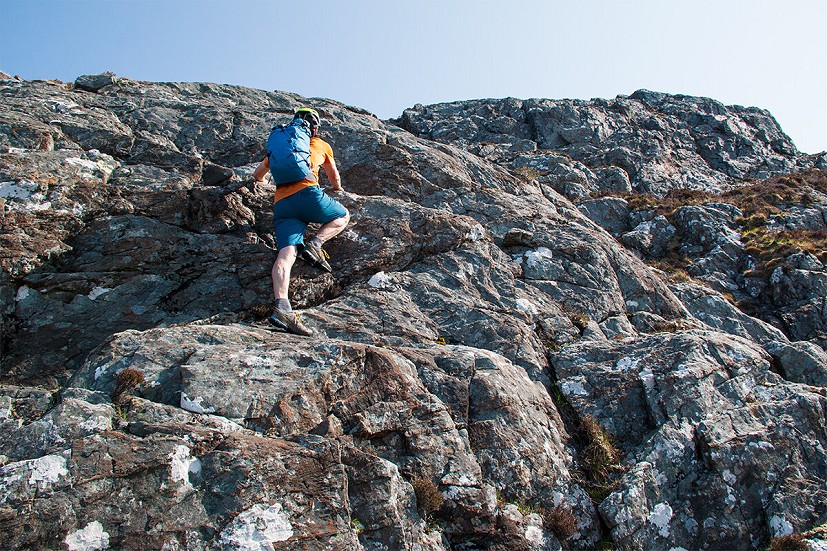
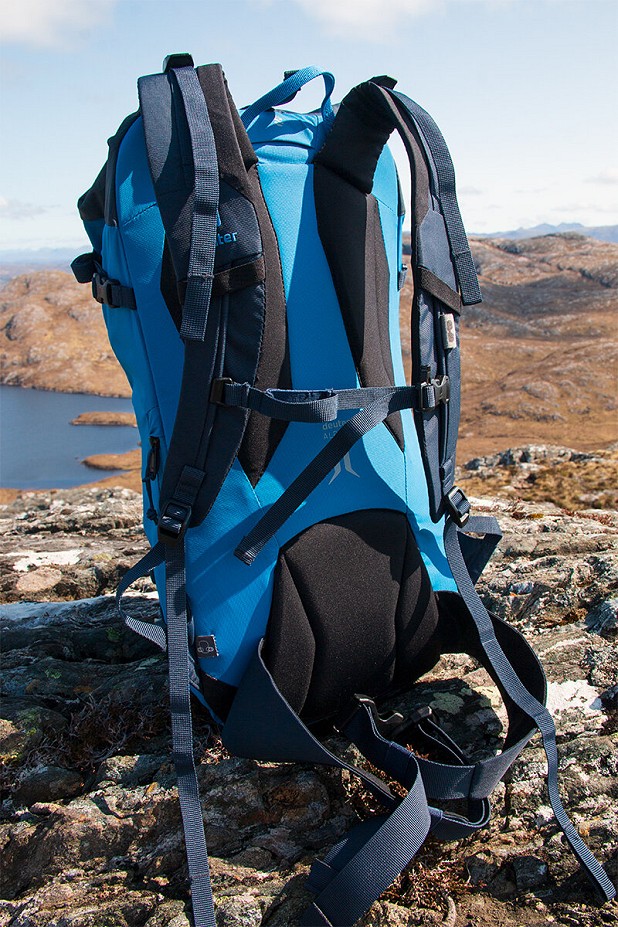
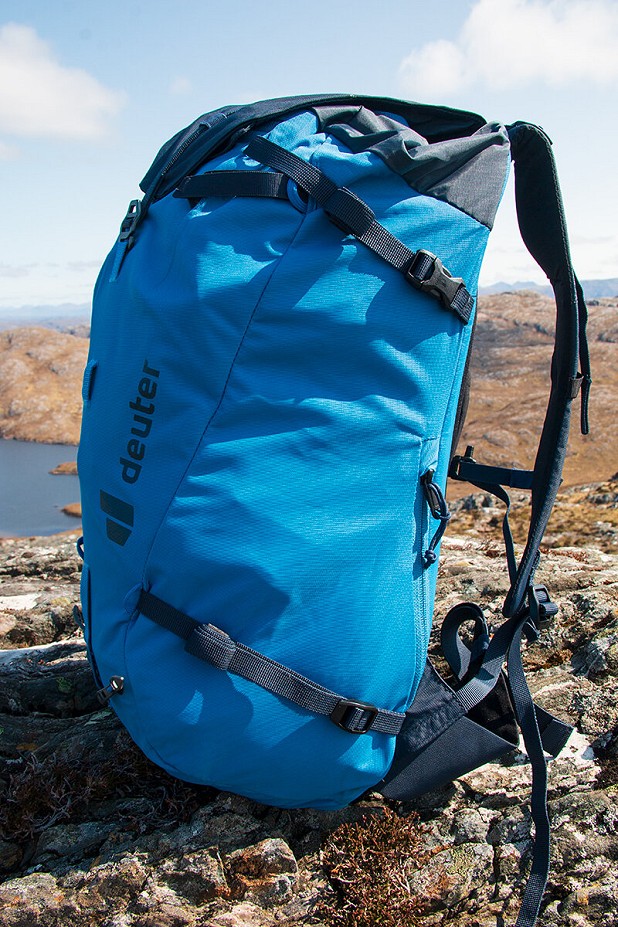
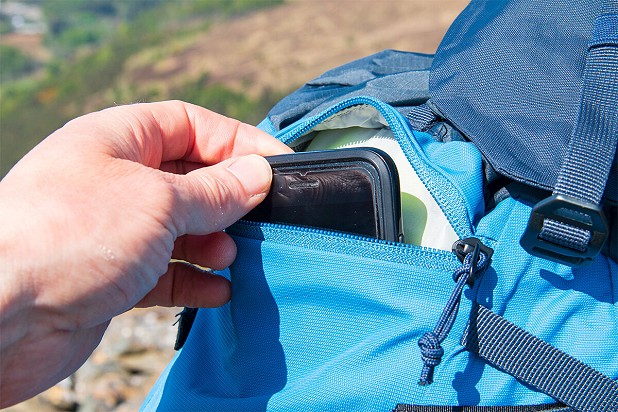
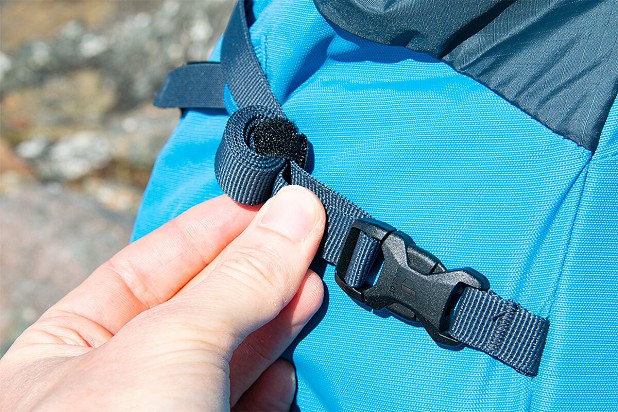
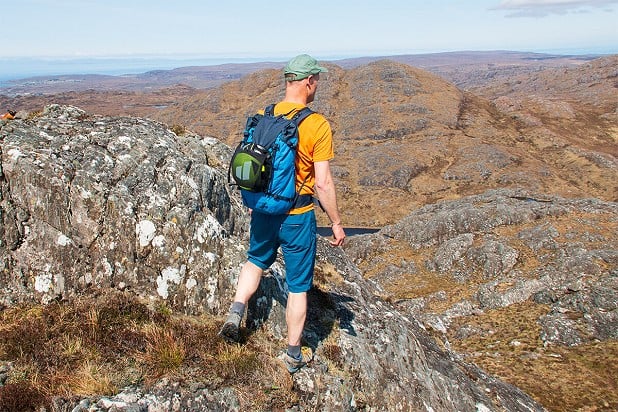


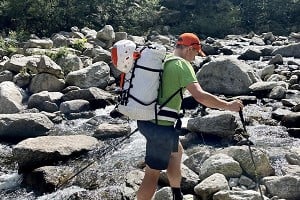



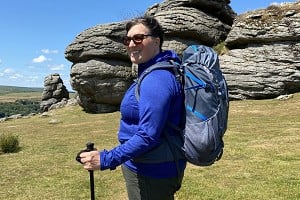

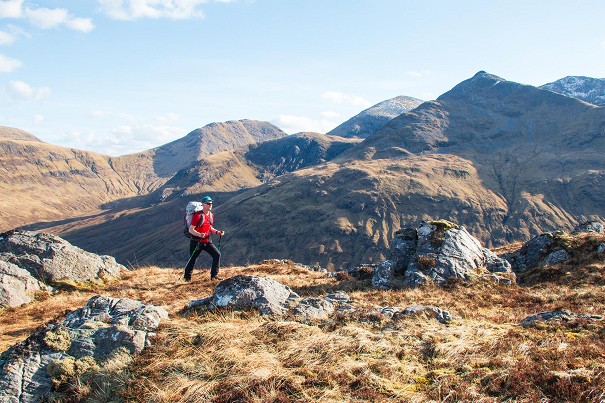


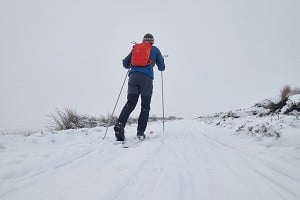









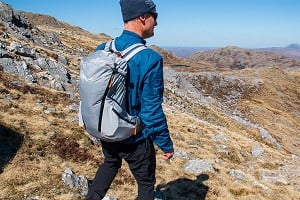




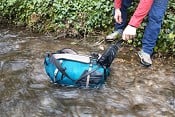




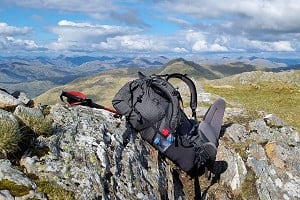
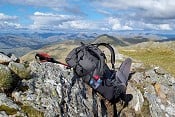


Comments